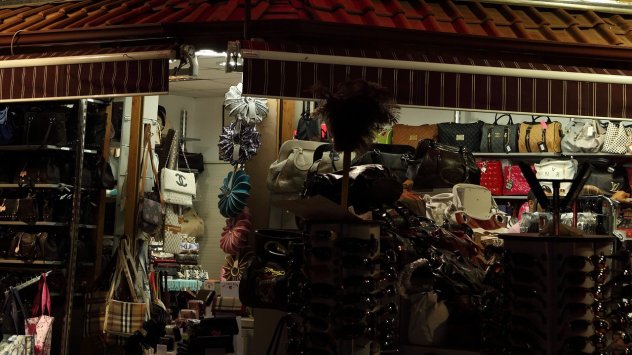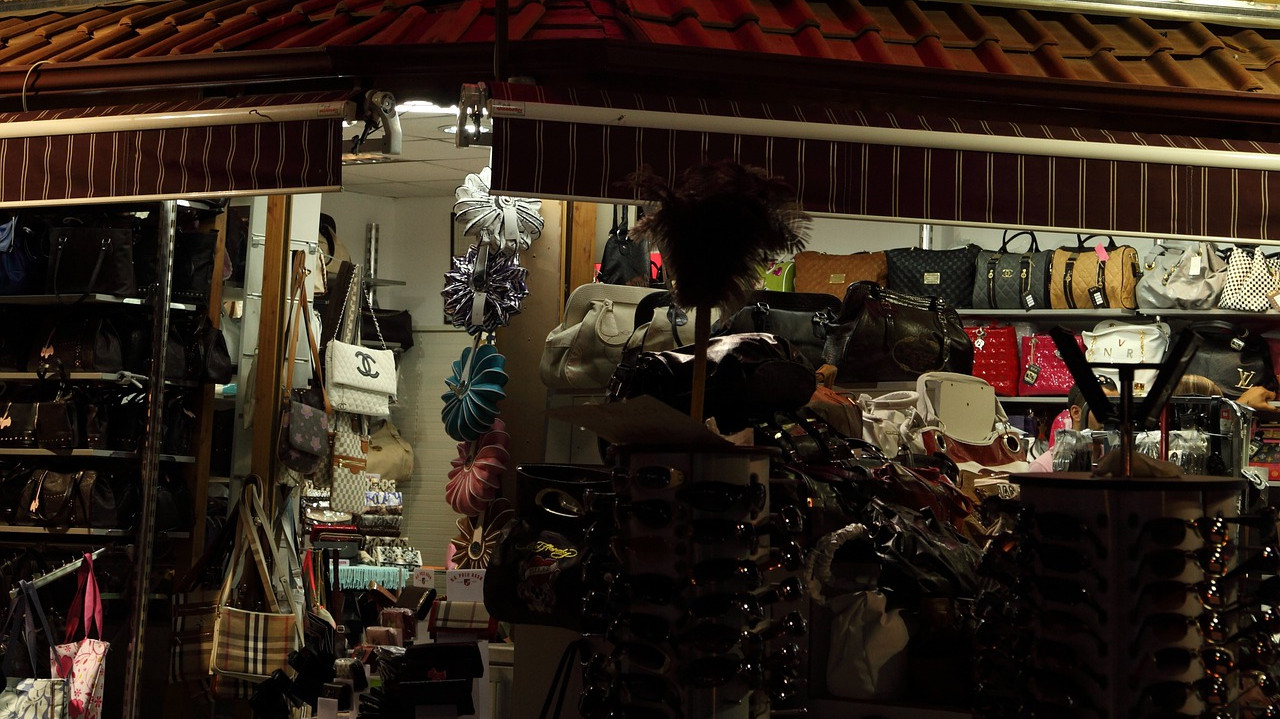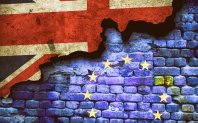
Probably we all remember the panic which occurred in the beginning of the pandemic. Concerns about the shortage of medicine motivated desperate citizens worldwide to stock up with antibiotics and medical products which they don’t need only to feel safer. The immediate result was that there was a shortage of medicines and these patients, who really need them and whose life depends on them. At the same time, the statistics show a significant increase in the supply of counterfeit medicines, because as we know, the market doesn’t stand a vacuum – the increased demand generates supply. Two years later, a new factor emerges that could further increase the supply of counterfeits, this time in all product categories – inflation. Rising prices are forcing people to look for more affordable alternatives, and the market almost always manages to supply them. How does this work?
1. Reducing quality. This is the most harmless market reaction, expressing itself in reducing the weight/volume of a certain product and aims only to cover the increase in prices through seemingly maintaining the selling price and it is applied massively on foods and other fast moving consumer goods.
2. Worsened quality by the producers. Some producers decide to switch specific expensive ingredients with cheaper replacements which will successfully decrease the cost price of the product. Safety risks are also quite possible with these practices. For example, the increased water content in a food helps to reduce its durability and spoil faster.
3. Supply of counterfeited medicines. In times of global and significant price increase, the motivation for production and supply of counterfeited goods worldwide is increasing. The offer is aimed at rich markets, such as the European Union market, and in it Bulgaria is traditionally the most vulnerable, according to the European Intellectual Property Office (EUIPO). 2% in Sweden.
What is being counterfeited?
There are counterfeited products in multiple categories – medicines and cosmetics, wine and drinks, children goods, electronics, clothes and shoes, bags and fashion accessories, even pesticides. The big question is whether or not we are aware with the negative consequences, accompanying these practices. The fake products are a big problem worldwide. They are threatening the customers with the lack of information regarding their production and pretty different content than the expected. A big part of the fake products are made out of cheaper raw materials which could have a negative effect on the health or simplified technology is used which generates risks.
Risk for the customers, enterprises and society
In the first place among the threats to consumers are the risks of poisoning due to substances that can cause acute or long-term health effects, and often death. They are most common in counterfeited alcohol, cosmetics or medicine. In the beginning of July 2021, 10 people die from fake rakiya in the Turkish town Chorlu. They knew that it wasn’t regular but they bought it because it was cheap and the real alcohol is too expensive. Fake cosmetic products can cause an infection, rash or other kind of skin damage, expressed with allergy and discomfort. A research by the World Health Organization from 2017 shows that in the countries with low or medium income, 10% from the medicines are with a bad quality and they hide risks for the health. From the World Health Organization assume that between 72 000 and 169 000 children is possible to die from pneumonia and 116 000 from malaria after a research on counterfeited medicines.
Risk of mechanical injury is very common in children's goods. For example if the cords in the areas of the hood and waist of children's clothes are longer than the permissible length, established in the relevant standards, they may hang somewhere and cause strangulation or other injuries. Common danger in the fake products for children are the easily separated tiny parts which can be swallowed. The list can be enriched with many other goods, but here we will only add the sunglasses, because they are one of the most massively counterfeited products and the risks for the health are long-term and irreversible.
Non-genuine electrical appliances are a common source of danger of electric shock, burns, fire and even death. Just in the last six months in Bulgaria there were two cases of fire in Ruse and Karlovo, caused by suspicious electric blankets. The non-genuine lithium batteries have extremely high energy density. One with a poor quality or short circuits can cause ignition, and such a fire is not easy to extinguish.
Very often, substances which are toxic for people are also toxic for the environment. Mass production of products which contain harmful for the environment substances and then throwing them, represents a danger to the environment and the soil. Logistics for storage, destruction or throwing away of products or their recycling in an ecologically safe way with minimum consequences for the health and safety is a tough job, especially when dangerous materials have been used.
It is not a surprise that fake products are usually produces without any information whether child labor had been used or whether the employees have at least the basic job conditions, meaning whether they receive a worthy payment. According to the statistic of the US Ministry of Labor, over 168 million children worldwide in the age between 4 and 10 are forced to work and a big part of them are working for producers of counterfeited products.
Infringement of patents is the main problem for manufacturers – very often counterfeit products use brands close to the original or distinctive features of the product of the original manufacturers to attract the attention of the consumer.
Last but not least we should point to the financial losses, which cause losses up to 19 billion euro in EU every year from sales in the most affected sectors.
Limitation measures
The big problem in fighting the fake products comes from the fact that many consumers buy these products completely consciously. An updated research of EUIPO among the young people in EU confirmed, that 37% from them have bought fake products consciously in the last year. Most often they buy clothes and accessories (17%), followed by shoes (14%), electric devices (13%), hygiene, cosmetics, personal hygiene and perfumes (12%). It is hard to believe that most of the young people are aware with the risks described above. This is the reason why it is necessary more campaigns to be conducted in order the consumers to be informed. They can look through bunch of useful advises, such as shopping from trusted traders, distrust of unrealistically advantageous offers, suspicion of arbitrarily received tempting messages on social networks or e-mail that meet the definition of "too good to be true", etc. This requires more resource mobilization from both the state and the companies involved.
Fighting the fake products requires better cooperation between the control organs in EU, as well as cooperation with the control organs in the risk countries (e.g. China). Data on the seizure of counterfeit products show that more than 50% of confiscated goods at EU borders are related to e-commerce, and more than 75% of confiscated goods are shipped from China. Recently small shipments have become an increasingly common method of distributing purchased goods online. They are the preferred option and the counterfeiters, as the majority of the small packages are harder to catch and even part of them to be found and confiscated, the chances remain others to succeed in slipping the authorities.
In some sectors, such as the wine industry, barcode inspection applications are already being used as a possible way to verify authenticity. Probably the technical possibilities for more such initiatives are already available, but the industries must make their own efforts, not just wait for the state. But at the heart of all measures is the will to act, which is often blurred between affected consumers, businesses and governments.
THE BOTTOM LINE: Bulgaria is vulnerable in regard to spreading fake goods into the EU. They are creating multiple risks for the consumers, business and the country, but the struggle against them is blurred by the lack of clear will.



